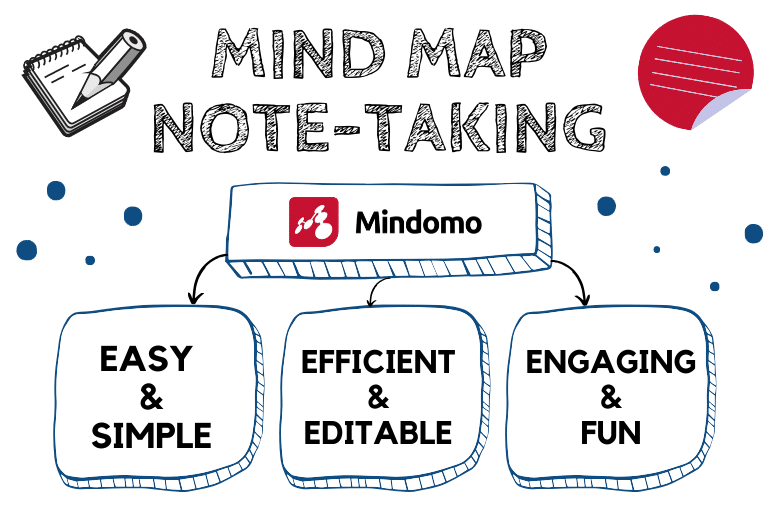
Mind maps can serve many functions, from organizing and planning to brainstorming and problem-solving. But did you ever think to use a mind map for note-taking?
It is not just a student’s habit to help him/her learn their courses. Even if you didn’t think about it, everyone uses note-taking in various situations: at work, school, or at home. For example, you may take notes for a shopping list, in business meetings, make to-do lists, set reminders, research, etc.
We start to take notes early in life when we are in school. Certainly, in academic, business, and personal contexts it’s essential to be able to take effective notes. Unfortunately, we were not taught to do it properly, even if it is an invaluable skill. We only learned to use linear notes. Let’s see why it is not the best solution.
Traditional note-taking
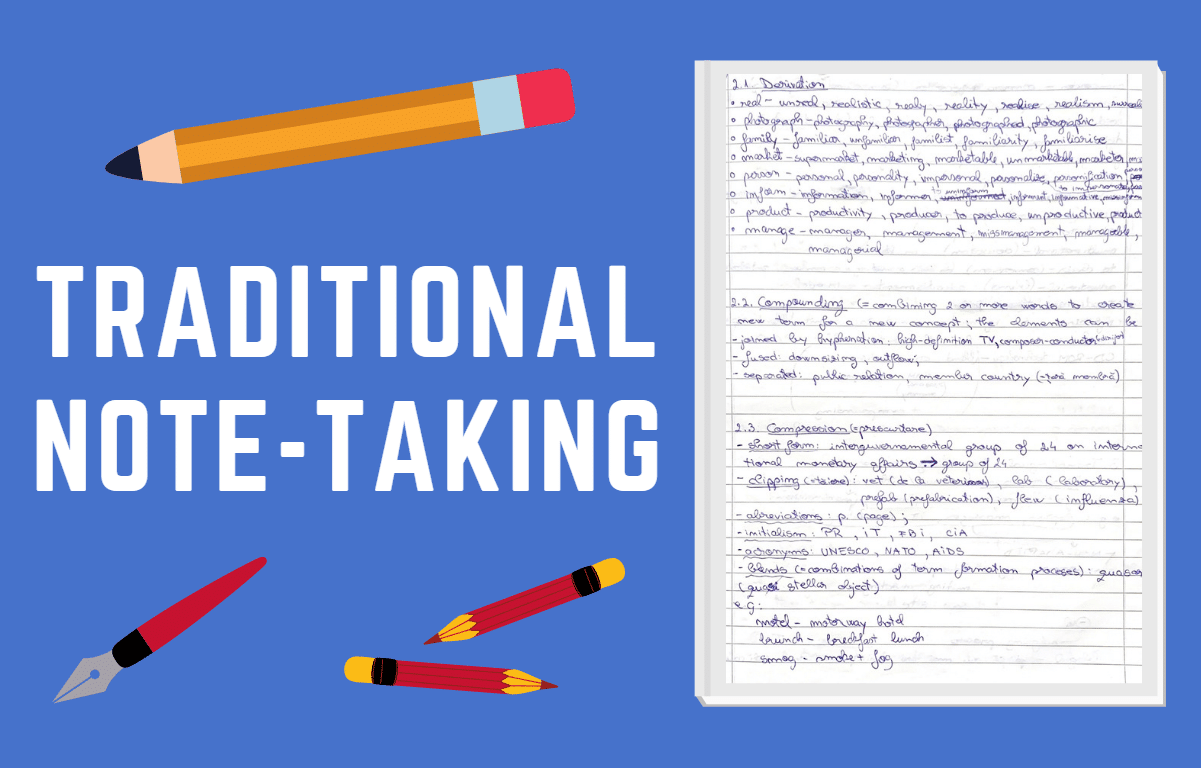
Starting with the beginning, think about the fact that we were told to learn since the first grade. However, we were never taught how to do it.
The linear text is considered by the majority as the normal structure for taking notes. Thus, writing plain text which gathers pieces of information became the traditional note technique.
In other words, we used to write pages of information in our notebooks, starting from top to bottom. Those pages were filled with linear notes structured in many sentences.
Similarly, many students use their laptops to take notes instead of the classic paper. They simply use tools like Microsoft Word or Google Docs, which makes it only faster and more accessible.
The problems of the traditional notes
Why is it a bad technique? There are some big issues when it comes to linear notes.
Firstly, the monotony of the text. Even if you use headings and subheadings throughout the text, it is very tedious to scroll through them. The notes are made to review them. However, this kind of plain text written in sentences is too long and boring for the human brain. This is why it is an inefficient method.
Secondly, it is very hard to memorize information in this structure. Besides that it is not exciting at all, it makes it harder for you to remember the knowledge. Compared to other techniques, linear notes are the most inefficient when it comes to memorizing.
In addition, it is time-consuming to write so much text. Only a small percentage of it is really important. Not to mention that you will lose more time reading everything again. Besides that, this type of note doesn’t provide an overview of the subject.
Another disadvantage is that you can’t easily edit it, especially if it is written on a piece of paper.
You have only two options: add information with an asterisk at the end of the page or squeeze it between the lines. Also, if you want to delete something you will have to cross it with an unaesthetic line.
If this is how you used to take notes, you probably wonder how can you take notes effectively.
Mind map note-taking is more efficient
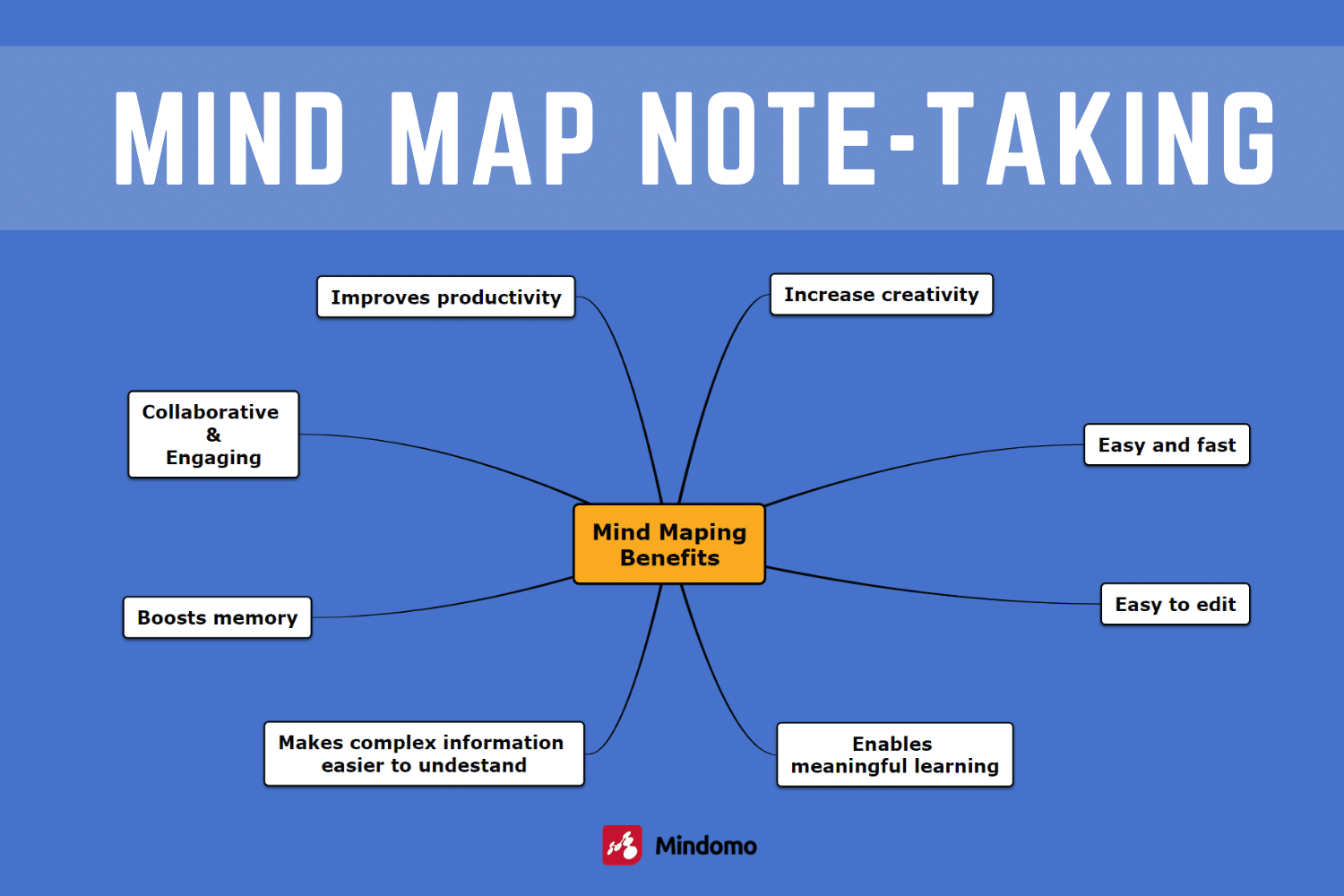
Mind maps are a great alternative to classic note-taking. They allow you to visualize and organize ideas and concepts in a two-dimensional structure.
The purposes of taking notes are usually the following:
- Remembering
- Understanding
- Concentration
- Summarizing
- Revisioning
- Learning
A mind map format is more likely to achieve these goals compared to a linear note structure.
They have a central topic that represents the subject of the matter, as is the title in a linear note.
There are subtopics that are linked to the central topic by connecting lines. You can think about them as subheadings of a linear note. They represent key points about the main subject. And from here, many subtopics can be added to each of them. You can use single words or short phrases instead of sentences.
Moreover, a mind map tool is a great note-taking app because it allows you to add images, videos, icons, links, or notes to the topics. This way the mind map can be very complex, keeping a simple look.
The benefits of using a mind map for note-taking
A problem solving solution to inefficient traditional notes is mind mapping software. You can make the most out of your notes in any situation. Compared to the old notes, this technique will be a game-changer.
Here are some benefits of mind mapping:
- It is easy, fast, and simple to make a mind map. You save precious time doing it and read it afterward.
- Mind mapping enables meaningful learning. In other words, you can fully understand any concept easier and you can make connections with other concepts.
- A mind map shows the most essential elements, offering you a great overview of the subject.
- Mind maps are simple and intuitive. You only need to write single words or short phrases on each topic. They show you relationships and hierarchies between concepts.
- In a mind map you will have fewer notes, but more meaningful ones. The process of creating a mind map will keep you focused on what you write instead of mindlessly transcribing the text.
- If you use a mind mapping software like Mindomo you can easily edit your map. Therefore, you can change colors, and fonts, and add images, videos, links, notes, and icons. Similarly, you can delete or add topics.
- Mind mapping improves memory. The structure of the knowledge makes it easy to remember, being a visual representation. Visual learning is the most efficient way to remember information, especially when you use multiple elements like different colors, images, sizes, shapes, etc.
- Mind mapping increases creativity. It helps you generate new ideas, boosting your imagination.
- Mind mapping is collaborative and engaging. It’s more fun than the classic notes. Moreover, if you’re using a mind mapping software like Mindomo you can collaborate in real-time with other users. Therefore, you can edit your notes alongside them.
- You can keep all of your mind maps in one place, and access them anywhere anytime – online note-taking has this advantage and you can sync all notes on the cloud.
How to use a mind map for note-taking?
It’s very simple and easy to create your mind map using Mindomo. Firstly, go on your dashboard after you logged in and click on “Create”.
Secondly, you can choose one of the available templates (for example for brainstorming, problem-solving, weekly planner, etc.). Moreover, you can create your own map from scratch by selecting “Blank mind map”.
For instance, let’s say you want to try creating notes for book summaries and you start with a basic mind map. You are reading a great book and you want to write the main ideas and get back to them later on.
Start by writing the title and the author of the book in the central topic. You can add topics that will contain the chapters’ names or the main ideas that you want to keep.
You have all the flexibility. Create the structure that you prefer. After that, add the main ideas to each topic in subtopics.
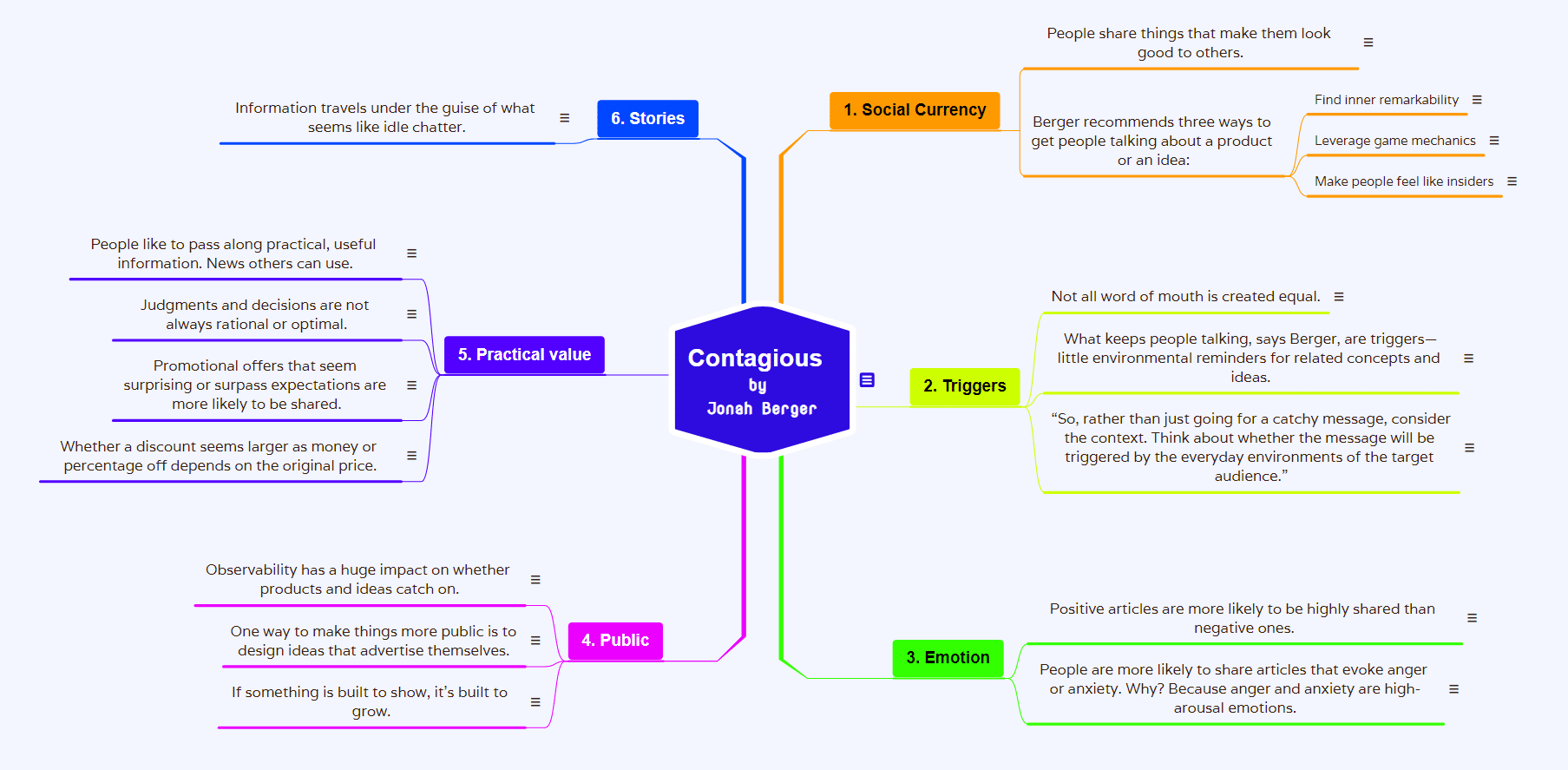
Mindomo allows you to add images, icons, videos, links, and notes if you want to keep more knowledge on your map and make it more complex.
You can also personalize the fonts, sizes, colors, and shapes or use one of the existing themes.
Write the ideas while you are reading the book and this way when you will finish it you will have the summary done with a fresh mind. That is how simple it is!
You can easily come back to it, edit it, and most importantly, you can create it fast from anywhere. Way better than a classic note on the paper.
Mind mapping software is a problem solving tool when it comes to saving time.
Check out this video to learn how to create a mind map from scratch:
Try Mindomo now and upgrade your way of taking notes.
Read our blog to find other mind mapping techniques that will be very useful for you.
Keep it smart, simple, and creative!
The Mindomo Team


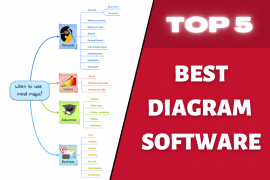

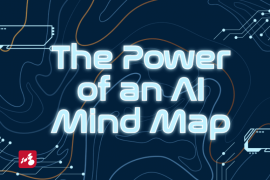
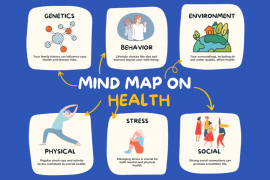

2 Comments
Très sympatique, efficace Mindomo
Par contre cerveau gauche, cerveau droit pour illustrer le Mindmapping !
Le Cerveau Gauche / cerveau droit est un neuromythe !
Hello Delhaye,
Merci pour votre commentaire!
Ceci n’est qu’un exemple de carte mentale.